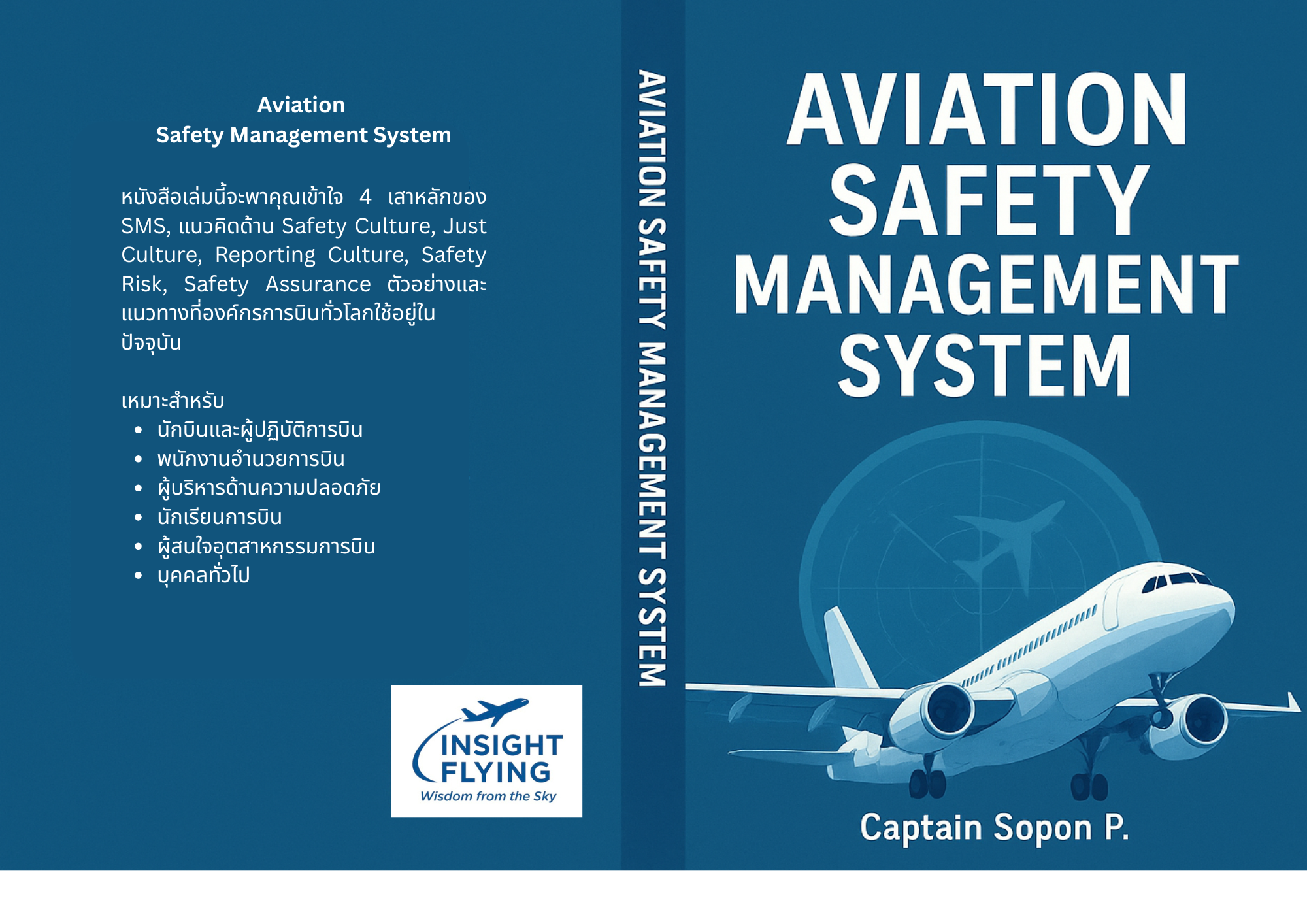Category: Flight Safety & Regulations
-
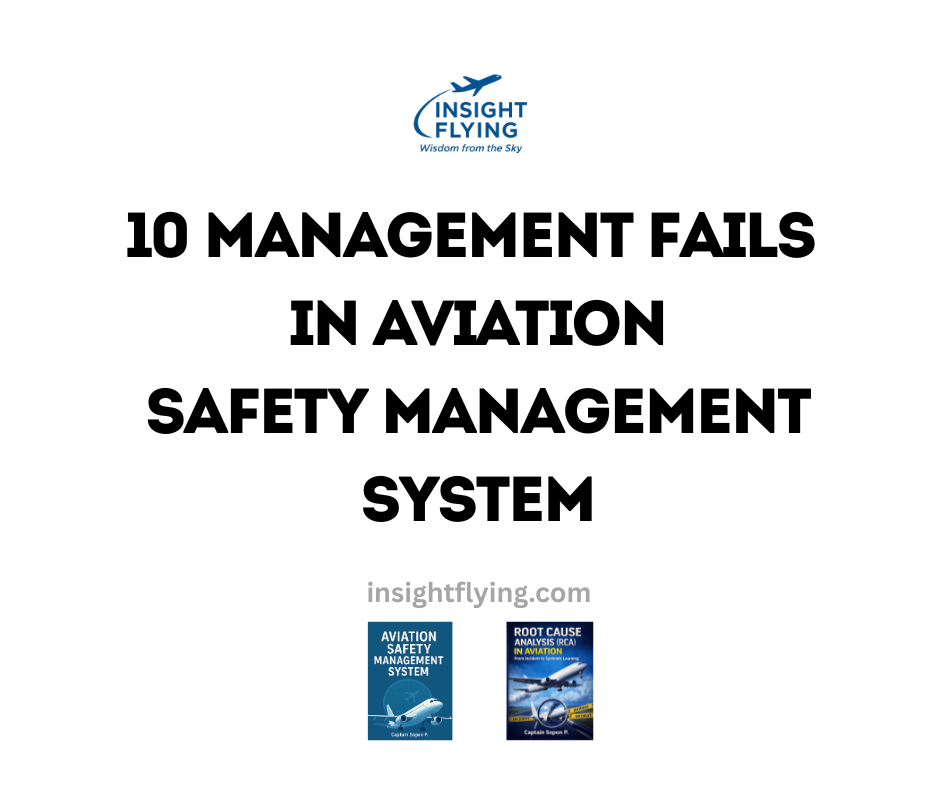
10 Management Fails in Aviation SMS
10 Management Failures in Aviation SMS Safety Management System (SMS) is not just a regulatory requirement under ICAO Annex 19. It is a management system that must be actively led, enabled, and modelled by the organization’s leadership. Many aviation organizations invest heavily in documentation, training, and compliance audits — yet still struggle to reduce operational…
-
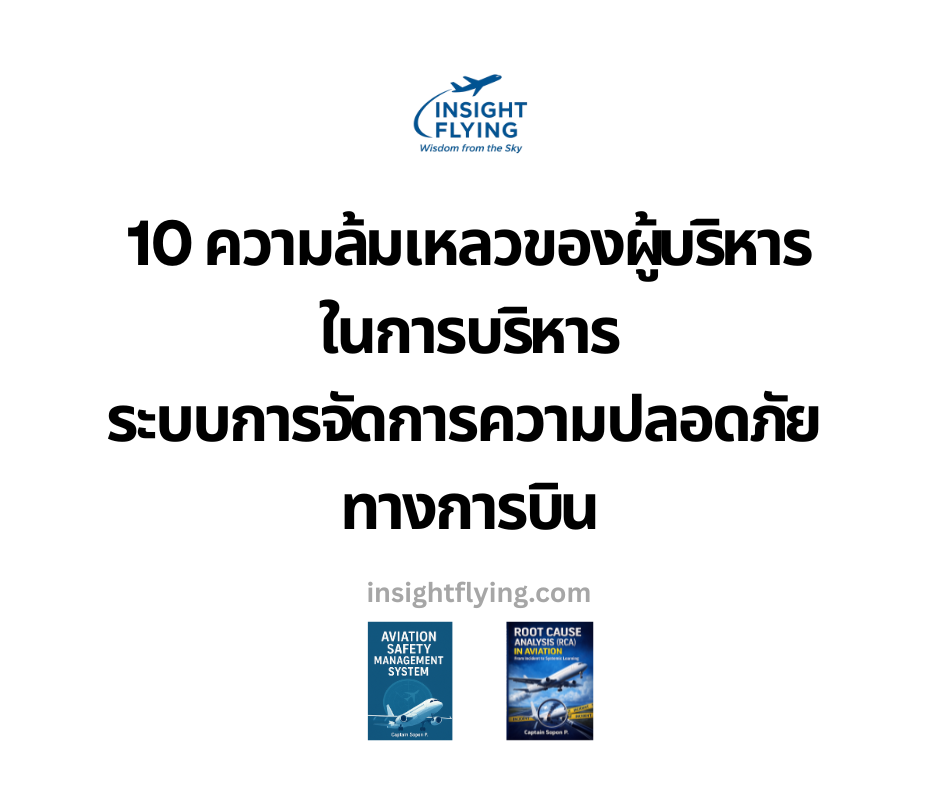
10 ความล้มเหลวของผู้บริหารในการบริหาร Aviation SMS
ระบบการจัดการด้านความปลอดภัย (Safety Management System – SMS) ไม่ใช่เพียงข้อกำหนดจาก ICAO Annex 19 หรือข้อบังคับของรัฐ แต่เป็น “ระบบบริหาร” ที่ต้องได้รับการขับเคลื่อนจากผู้บริหารระดับสูงลงสู่ปฏิบัติการจริง หากผู้บริหารมอง SMS เป็นเพียงงานความปลอดภัยส่วนกลาง หรือเป็นงานที่ต้องทำตามกฎหมาย ระบบนี้จะกลายเป็นเพียงงานเชิงเอกสารที่ไม่สามารถลดความเสี่ยงในปฏิบัติการได้จริง ในบทนี้ เราจะเจาะลึก 10 ความล้มเหลวที่พบบ่อยที่สุดของผู้บริหารในอุตสาหกรรมการบินทั่วโลก พร้อมตัวอย่างจริงที่เกิดขึ้นในสายการบิน, MRO, ANSP และผู้ให้บริการภาคพื้น เพื่อให้ผู้อ่านเข้าใจว่าเพราะเหตุใด SMS ขององค์กรบางแห่ง “ทำงานไม่ขึ้น” แม้จะมีเอกสารครบตามข้อกำหนด 1) มอง SMS เป็นงานเอกสาร เพื่อให้ผ่าน Audit มากกว่าการบริหารความเสี่ยง นี่เป็นปัญหาที่พบในหลายองค์กร โดยเฉพาะองค์กรที่เพิ่งได้รับ requirement จาก Regulator ภาพลักษณ์ที่เห็นบ่อย ตัวอย่างในโลกจริง สายการบินแห่งหนึ่งมีผู้ตรวจจากหน่วยงานรัฐมาทำ Audit ทุกปี ก่อนตรวจจริง 2 เดือน ทีม SMS ต้องรวบรวมหลักฐานจำนวนมาก…
-

ภาวะผู้นำกับบทบาทต่อความปลอดภัย
Leadership: Principles and Safety Importance in Aviation ภาวะผู้นำ: หลักการและความสำคัญต่อความปลอดภัยในการบิน 1. Leadership in Aviation ภาวะผู้นำในโลกการบิน Leadership in aviation is more than authority or rank — it is the ability to influence safe behavior, protect operational integrity, and maintain a culture where everyone prioritizes safety above convenience.ภาวะผู้นำในโลกการบินไม่ใช่แค่ตำแหน่งหรือยศ แต่คือความสามารถในการชี้นำพฤติกรรมที่ปลอดภัย รักษามาตรฐานการปฏิบัติงาน และสร้างวัฒนธรรมที่ทุกคนให้ความสำคัญกับความปลอดภัยเหนือสิ่งอื่นใด Good leaders reduce uncertainty in a complex…
-
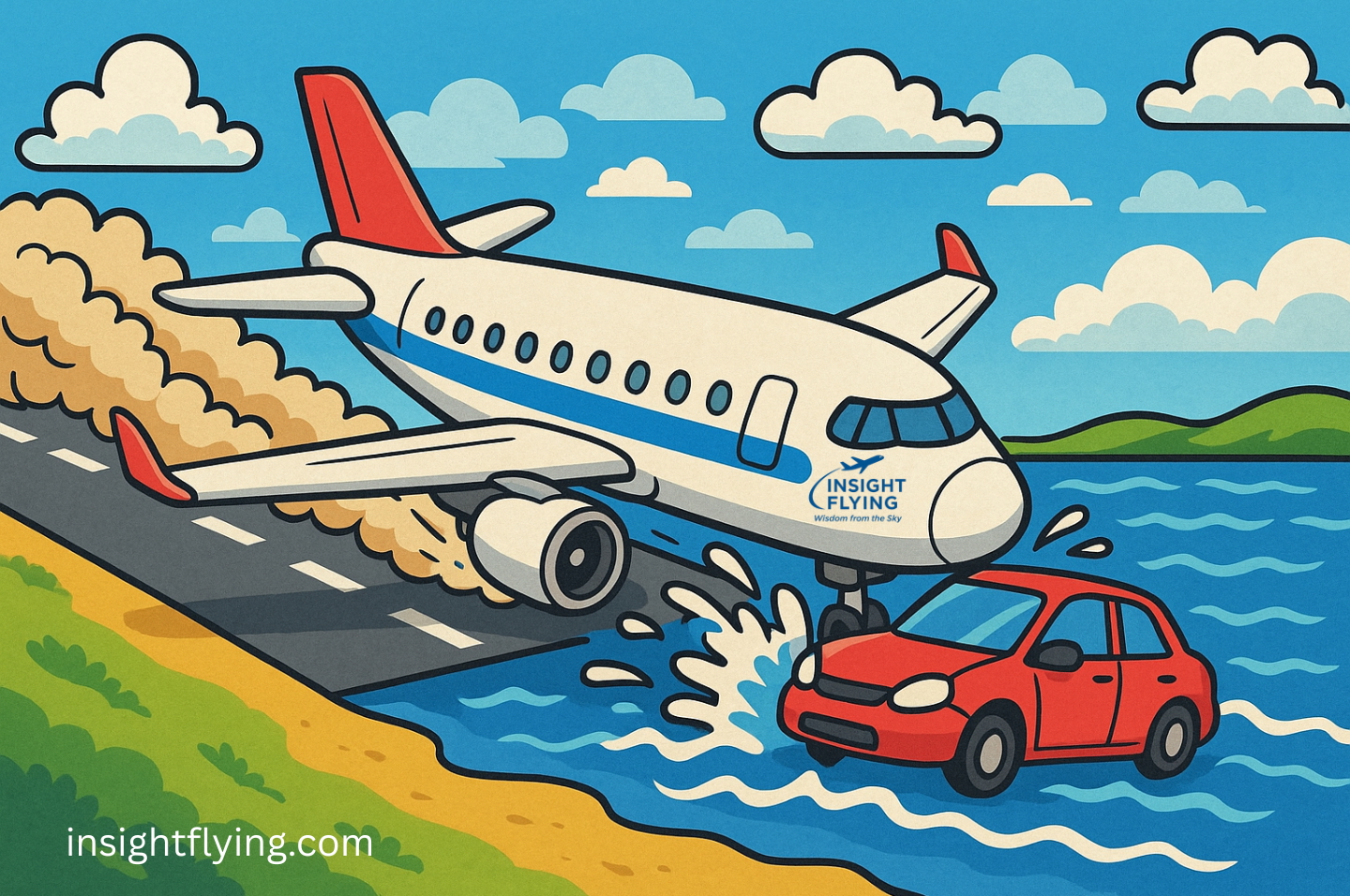
สรุปเหตุการณ์เครื่องคาร์โก้ไถลออกนอกรันเวย์ที่ฮ่องกง
สรุปรายงานเบื้องต้นของเหตุการณ์ ข้อสังเกต (Analysis / จุดเสี่ยงที่น่าสนใจ) จากข้อมูลเบื้องต้น เหตุการณ์นี้เปิดจุดอ่อนและประเด็นเสี่ยงหลายด้าน ดังนี้: ข้อคิดเห็น / แนวทางเป็นประโยชน์ (สำหรับผู้สนใจด้านการบิน /ความปลอดภัย) แหล่งข่าว apnews.com A cargo aircraft skids off a Hong Kong runway into the sea, killing 2 airport workers apnews.com Hong Kong runway reopens after cargo plane crash, but it won’t be used regularly for now สรุปเหตุการณ์ (ย่อ) — สถานะปัจจุบัน ไทม์ไลน์เชิงเหตุการณ์ (จากรายงานเบื้องต้น) ข้อสังเกตเชิงเทคนิค…
-
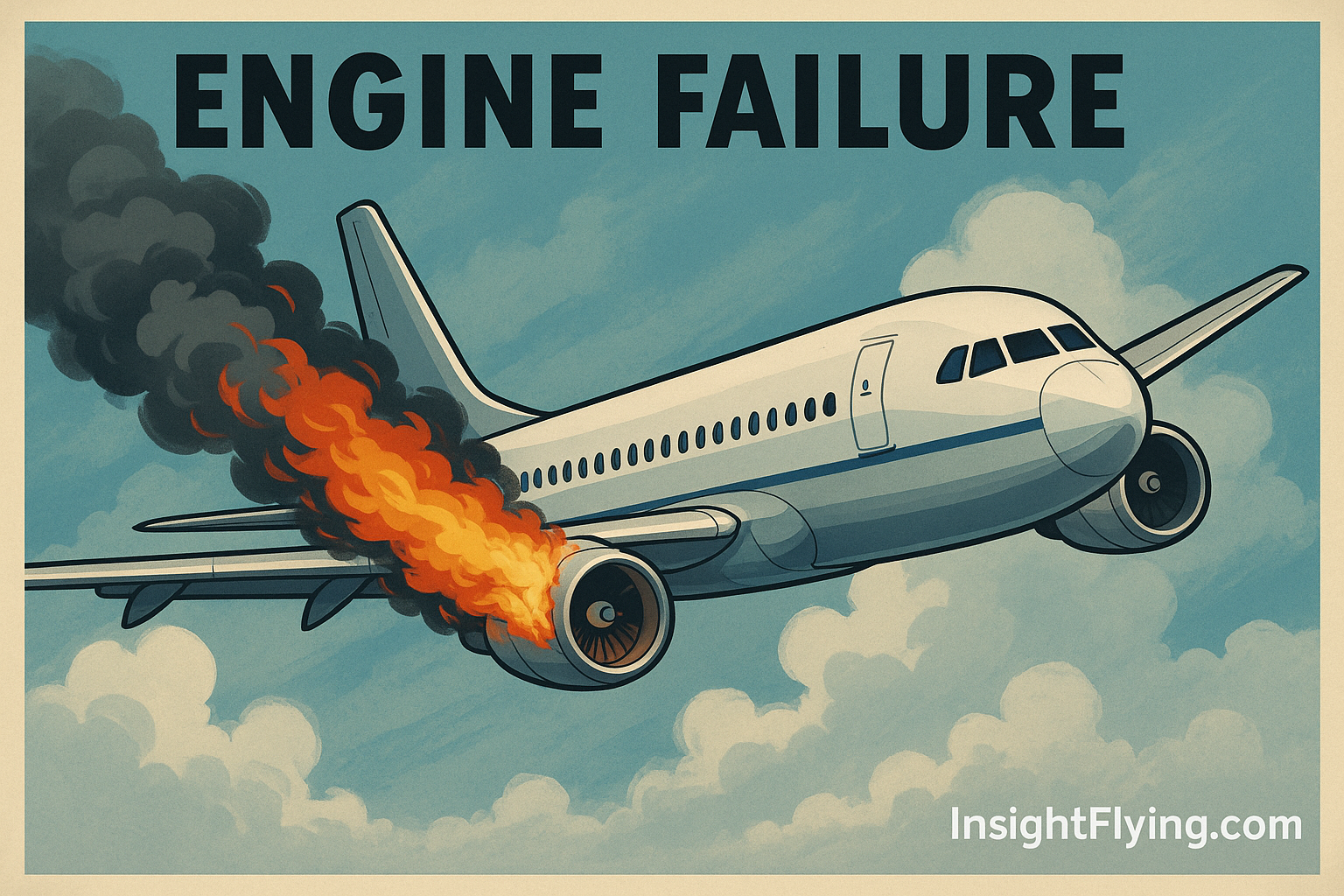
Engines fail
✈️ ความเข้าใจผิดที่ 4: ถ้าเครื่องยนต์ดับ เครื่องบินต้องตกแน่นอนMisconception #4: If the engines fail, the airplane will definitely crash นี่คือความเข้าใจผิดที่พบบ่อยมาก โดยเฉพาะในหมู่ผู้โดยสารที่คิดว่า “เครื่องบิน = ต้องมีแรงขับตลอดเวลา” ซึ่งจริง ๆ แล้วไม่เป็นความจริงเลยครับ เพราะเครื่องบินทุกลำถูกออกแบบให้สามารถ “ร่อน” ได้แม้ไม่มีแรงขับจากเครื่องยนต์ This is one of the most common misconceptions — many people think that an airplane must always have engine power to stay in the air. In fact, that’s not…
-

อากาศแปรปรวนอันตรายถึงชีวิต
✈️ ความเข้าใจผิดที่ 2: อากาศแปรปรวนอันตรายถึงชีวิต Misconception #2: Turbulence is extremely dangerous ทุกครั้งที่เครื่องบินเริ่ม “สั่น” หรือ “โยก” ผู้โดยสารจำนวนมากมักรู้สึกตกใจ คิดว่าเครื่องบินกำลังเจออันตรายหรืออาจตกได้ทุกเมื่อ แต่ในความเป็นจริง “อากาศแปรปรวน” หรือ Turbulence เป็นเพียงปรากฏการณ์ธรรมชาติที่เกิดขึ้นได้ในทุกเที่ยวบิน — และเครื่องบินถูกออกแบบมาเพื่อรับมือกับมันได้อย่างปลอดภัยแน่นอน Whenever an aircraft starts shaking or bumping, many passengers panic — thinking the plane might be in danger. In truth, turbulence is a completely natural part of flying, and every aircraft is…
-

ระบบอัตโนมัติ คือ มิตร หรือ ศัตรู
Automation and Pilots: Friend or Foe? ระบบอัตโนมัติ กับ นักบิน — มิตรหรือศัตรู? In modern aviation, automation has become an inseparable part of flight operations. From the moment an aircraft leaves the gate until it reaches the destination, systems such as autopilot, autothrottle, and flight management computers handle most of the routine tasks that were once performed…
-
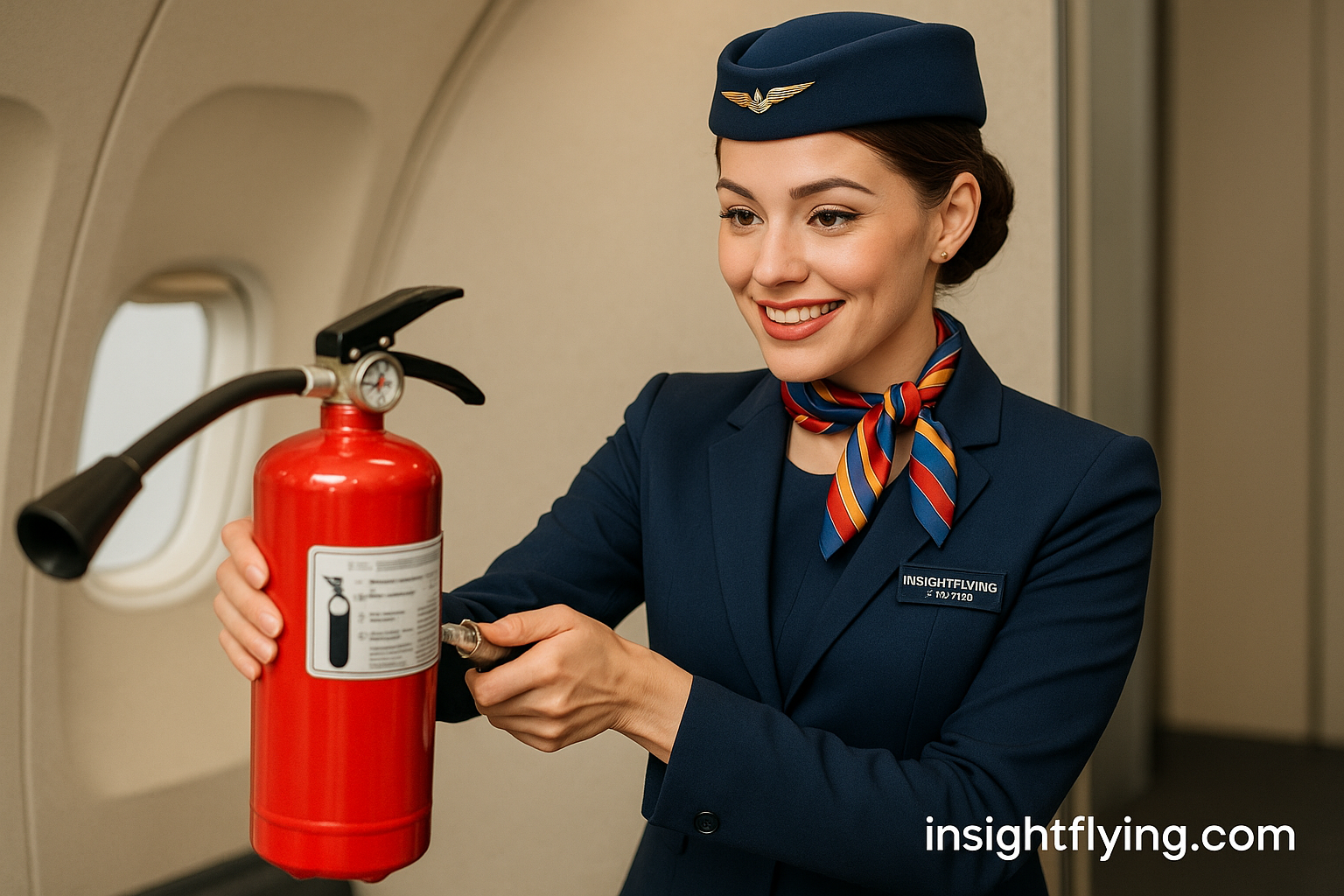
Fire Extinguishers and Smoke Hoods: Combating Fire in the Sky
เครื่องดับเพลิงและฮู้ดกันควัน: ด่านป้องกันไฟไหม้บนท้องฟ้า The Risk of Fire Onboard Fire is one of the most serious emergencies on an aircraft. Even a small flame can become life-threatening due to the confined space and limited ventilation. Because of this, every aircraft is equipped with multiple fire extinguishers and protective breathing equipment (PBE), also known as smoke hoods, to…
-

Evacuation Slides and Life Rafts: The Gateway to Survival
สไลด์หนีภัยและแพชูชีพ: เส้นทางสู่ความปลอดภัย What Are Evacuation Slides? Evacuation Slides are inflatable devices attached to aircraft doors and emergency exits, designed to allow passengers and crew to evacuate the aircraft quickly and safely during an emergency on the ground or after a forced landing. They are made of durable, airtight materials and can fully inflate within seconds…
